N,N-Dipropyl-1-propanamine
- CAS NO.:102-69-2
- Empirical Formula: C9H21N
- Molecular Weight: 143.27
- MDL number: MFCD00009363
- EINECS: 203-047-7
- SAFETY DATA SHEET (SDS)
- Update Date: 2025-09-25 17:15:13
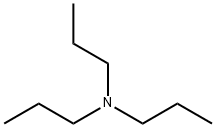
What is N,N-Dipropyl-1-propanamine?
Chemical properties
colourless liquid
Chemical properties
Colorless to fishy liquid; mild fishy aroma.
The Uses of N,N-Dipropyl-1-propanamine
Oxo feed stock, lubricant additive, plasticizers, nonyl phenol.
The Uses of N,N-Dipropyl-1-propanamine
Tri-n-propylamine is used as an chemical intermediate, organic solvent. It is used in the preparation of chemical compounds such as dyes, drugs, catalyst & other uses. It is used together with ruthenium in the electrochemiluminescence.
Definition
ChEBI: A tertiary amine that is ammonia in which each hydrogen atom is substituted by a propyl group.
Production Methods
Tripropylamine is manufactured by reacting propanol and ammonia in the presence of dehydrating catalysts; by reacting n-propyl chloride and ammonia under pressure; or by the action of acetone and ammonia.
Aroma threshold values
High strength odor; fishy type; recommend smelling in a 0.10% solution or less.
General Description
A water-white liquid. Flash point near 125°F. Less dense than water. May be mildly toxic by ingestion and inhalation. Used as a solvent.
Air & Water Reactions
Highly flammable. Slightly soluble in water.
Reactivity Profile
N,N-Dipropyl-1-propanamine is incompatible with oxidizing agents . Neutralizes acids in exothermic reactions to form salts plus water. May be incompatible with isocyanates, halogenated organics, peroxides, phenols (acidic), epoxides, anhydrides, and acid halides. Flammable gaseous hydrogen may be generated in combination with strong reducing agents, such as hydrides.
Health Hazard
Exposure can cause irritation of eyes, nose and throat. Toxic by inhalation or ingestion.
Fire Hazard
Special Hazards of Combustion Products: Irritating vapors and toxic gases, such as nitrogen oxides and carbon monoxide, may be formed when involved in fire.
Flammability and Explosibility
Flammable
Safety Profile
Poison by ingestion. Moderately toxic by skin contact and inhalation. A corrosive irritant to skin, eyes, and mucous membranes. Flammable when exposed to heat, flame, or oxidizers. Can react with oxidizing materials. To fight fire, use foam, CO2, dry chemical. When heated to decomposition it emits toxic fumes of NOx. See also MINES.
Purification Methods
Dry the amine with KOH and fractionally distil it. Also reflux it with toluene-p-sulfonyl chloride and with KOH, then fractionally distil it. The distillate, after additon of 2% phenyl isocyanate, was redistilled and the residue fractionally distilled from sodium. [Takahashi et al. J Org Chem 52 2666 1987, Beilstein 4 IV 470.]
Properties of N,N-Dipropyl-1-propanamine
| Melting point: | −93.5 °C(lit.) |
| Boiling point: | 155-158 °C(lit.) |
| Density | 0.753 g/mL at 25 °C(lit.) |
| vapor density | 4.9 (vs air) |
| vapor pressure | 2.9 mm Hg ( 20 °C) |
| refractive index | n |
| FEMA | 4247 | TRIPROPYLAMINE |
| Flash point: | 98 °F |
| storage temp. | Flammables area |
| solubility | 0.483g/l |
| form | Liquid |
| pka | pK1:10.66(+1) (25°C) |
| color | Clear colorless |
| PH | 11.4 (2.6g/l, H2O, 20℃) |
| Odor | at 0.10 % in propylene glycol. fishy ammoniacal |
| explosive limit | 0.6-5.5%(V) |
| Water Solubility | 2.6 g/L (20 ºC) |
| Sensitive | Hygroscopic |
| JECFA Number | 1612 |
| BRN | 1098331 |
| Dielectric constant | 2.3799999999999999 |
| Stability: | Stable. Incompatible with acids, oxidizing agents. Protect from moisture. Flammable. |
| CAS DataBase Reference | 102-69-2(CAS DataBase Reference) |
| NIST Chemistry Reference | 1-Propanamine, N,N-dipropyl-(102-69-2) |
| EPA Substance Registry System | Tripropylamine (102-69-2) |
Safety information for N,N-Dipropyl-1-propanamine
| Signal word | Danger |
| Pictogram(s) |
 Flame Flammables GHS02  Corrosion Corrosives GHS05  Skull and Crossbones Acute Toxicity GHS06 |
| GHS Hazard Statements |
H226:Flammable liquids H314:Skin corrosion/irritation H335:Specific target organ toxicity, single exposure;Respiratory tract irritation H412:Hazardous to the aquatic environment, long-term hazard |
| Precautionary Statement Codes |
P210:Keep away from heat/sparks/open flames/hot surfaces. — No smoking. P273:Avoid release to the environment. P280:Wear protective gloves/protective clothing/eye protection/face protection. P303+P361+P353:IF ON SKIN (or hair): Remove/Take off Immediately all contaminated clothing. Rinse SKIN with water/shower. P305+P351+P338:IF IN EYES: Rinse cautiously with water for several minutes. Remove contact lenses, if present and easy to do. Continuerinsing. |
Computed Descriptors for N,N-Dipropyl-1-propanamine
| InChIKey | YFTHZRPMJXBUME-UHFFFAOYSA-N |
N,N-Dipropyl-1-propanamine manufacturer
New Products
Indole Methyl Resin tert-butyl 9-methoxy-3-azaspiro[5.5]undecane-3-carboxylate Boc-His(Boc)-OH 2-CTC Resin 4-Chloro-7-tosy1-7Hpyrrolo[2,3-d]pyrimidine 5,7-Dibromo-1H-indole 2,5-dichloro-N-hydroxy-4,6-dimethylpyridine-3-carboximidamide 2,2-Dimethoxy-7-azaspiro[3.5]nonane hydrochloride 4-chloromethyl-5-methyl-1,3-dioxol-2-one (DMDO-Cl) R-2-BENZYLOXY PROPIONIC ACID 1,1’-CARBONYLDIIMIDAZOLE 1,1’-CARBONYLDI (1,2-4 TRIAZOLE) N-METHYL INDAZOLE-3-CARBOXYLIC ACID 4-((2-hydroxyethyl)thio)benzoic acid 1-(TERT-BUTOXYCARBONYL)-2-PYRROLIDINONE Methyl 6-methylnicotinate 3-Pyridineacrylic acid tert-Butyl carbazate TETRAHYDRO-2H-PYRAN-3-OL 2-((4-morpholinophenylamino) (methylthio) methylene) malononitrile 3-(4-morpholinophenylamino)-5-amino-1H-pyrazole-4-carbonitrile 2,4-dihydroxybenzaldehyde 1,3-Diethyl-1,3-Diphenylurea Methyl 2-methylquinoline-6-carboxylateRelated products of tetrahydrofuran
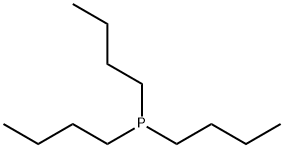
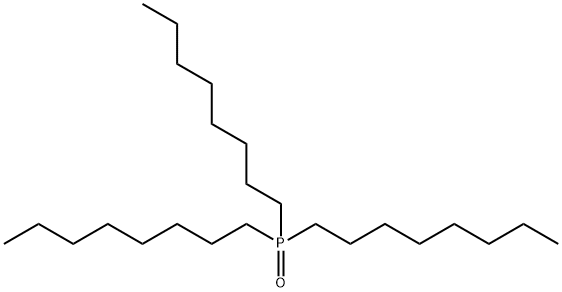
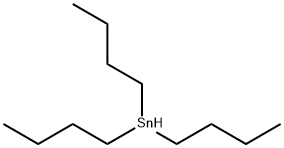
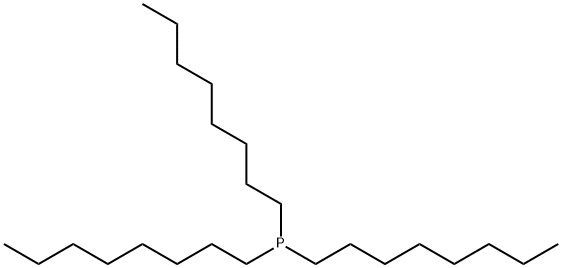

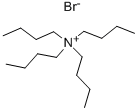


You may like
-
 102-69-2 98%View Details
102-69-2 98%View Details
102-69-2 -
 Tripropylamine, 98% 99%View Details
Tripropylamine, 98% 99%View Details
102-69-2 -
 Tripropylamine CAS 102-69-2View Details
Tripropylamine CAS 102-69-2View Details
102-69-2 -
 Tripropylamine CAS 102-69-2View Details
Tripropylamine CAS 102-69-2View Details
102-69-2 -
 Tripropylamine CAS 102-69-2View Details
Tripropylamine CAS 102-69-2View Details
102-69-2 -
 Pyridine 99.5% HPLC /UV SpectroscopyView Details
Pyridine 99.5% HPLC /UV SpectroscopyView Details
110-86-1 -
 Dibutyl PhthalateView Details
Dibutyl PhthalateView Details
84-74-2 -
 Thiourea 99% ARView Details
Thiourea 99% ARView Details
62-56-6
